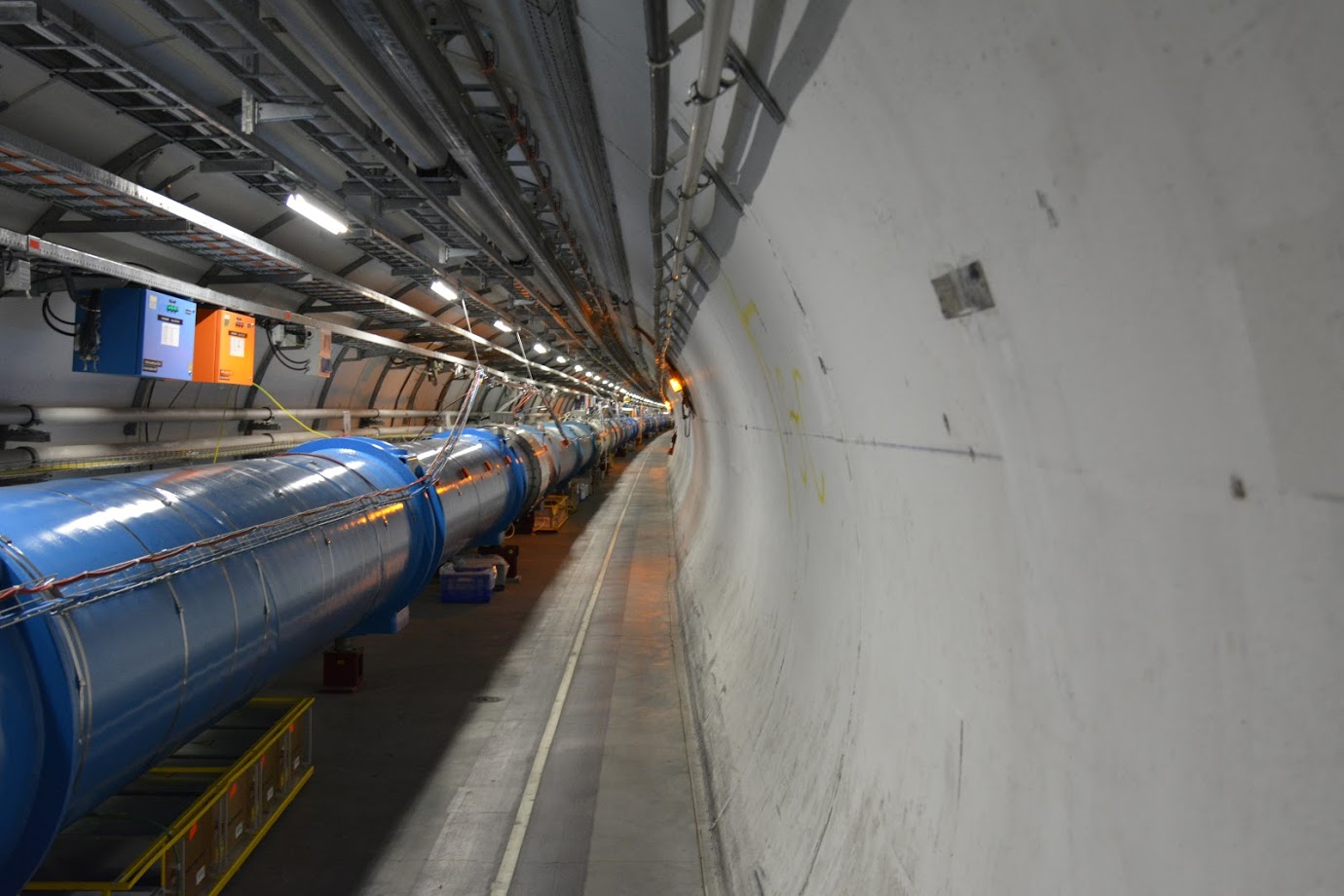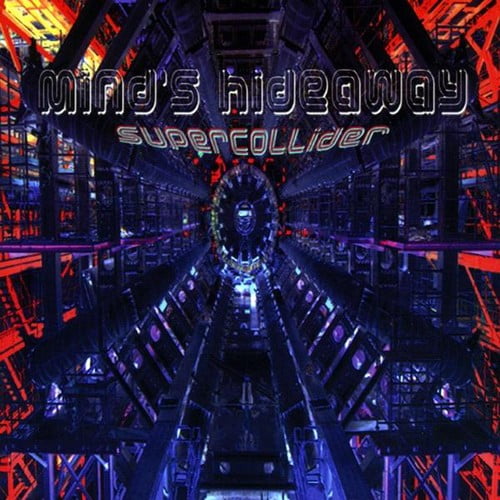

272).įully understanding the rise of this new regime, the New Big Science, requires considering the ascendance of large-scale materials science. And “in the final analysis, the SSC project collapsed because the Department of Energy and US high-energy physics community remained locked in an obsolete Cold War mind-set and manner of pursuing major projects while the nation and the rest of the world were making a historic transition to a post–Cold War science-policy regime” (p. Overall, the authors judge that the SSC was “too big to succeed,” at least for those who planned and advocated the project. Yet another failure was that SSC designers and builders “neglected to heed warnings to take the burgeoning federal budget deficits seriously they did not downsize or suggest building the project in phases in order to reduce its impact on other, competing interests” (p. The authors also judge that making the SSC a national project was a mistake because by the mid-1980s continued “progress at the energy frontier required multilateral international cooperation” in line with earlier plans for the project. Such problems might have been avoided if DOE had located the accelerator at Fermilab and thereby tapped its smoothly running management and expert teams. Further, managers failed to do their part in marshaling the necessary resources, including project management control systems and support for the project inside and outside the physics community. They explain that this problem arose because the SSC lacked strong project management during its first few years in Texas and DOE then used an ineffectively heavy-handed approach in attempts to fix this.

The authors note that “the primary, proximate cause of the termination was the widespread congressional perception that the project was out of control-that its cost would exceed $10 billion and could easily grow beyond that figure” (p. The sixth and final chapter succinctly lists the many fathers of the SSC failure.
#CHICAGO SUPERCOLLIDER FULL#
In the penultimate chapter the authors describe in full detail how the SSC lost its funding. SSC planners labored to explain and sell the projects’ esoteric goals to the general public, defend the project against criticism from physicists with competing interests, and champion funding bills for the project (with its ever-increasing price tag) on Capitol Hill. Along the way the authors discuss the many struggles involved. They next explain how plans were finalized and construction begun at the winning site in Waxahachie, Texas, alongside arrangements to organize and manage the project there and in Washington. The authors describe the initial design study and a highly competitive siting contest. Their book starts by explaining how musings about an international accelerator-building effort for the massive project gave way to a bid for national glory with a Department of Energy (DOE)–funded project. Twenty-two years after the SSC cancellation, three scholars have provided a more complete reckoning based on ample documentation, exhaustive research, and incisive analysis. Jackson threw up his hands and provided, in physics lingo, the best first approximation answer: “In this case, failure has many fathers.”

In the midst of these and other sad moments, a decades-long discussion began about how this tragedy of broken dreams and wasted taxpayer dollars came to pass. Acknowledging that her glittering career hopes were dashed she burst into tears and ran away. national laboratory system, and the place where this young woman had secured a plum job. The previous fall Congress had canceled the already under construction multibillion-dollar Superconducting Super Collider (SSC), meant to be the world’s most powerful high-energy physics dream machine, the jewel in the crown of the U.S. In early 1994 I asked an up-and-coming young physicist about her plans.


 0 kommentar(er)
0 kommentar(er)
